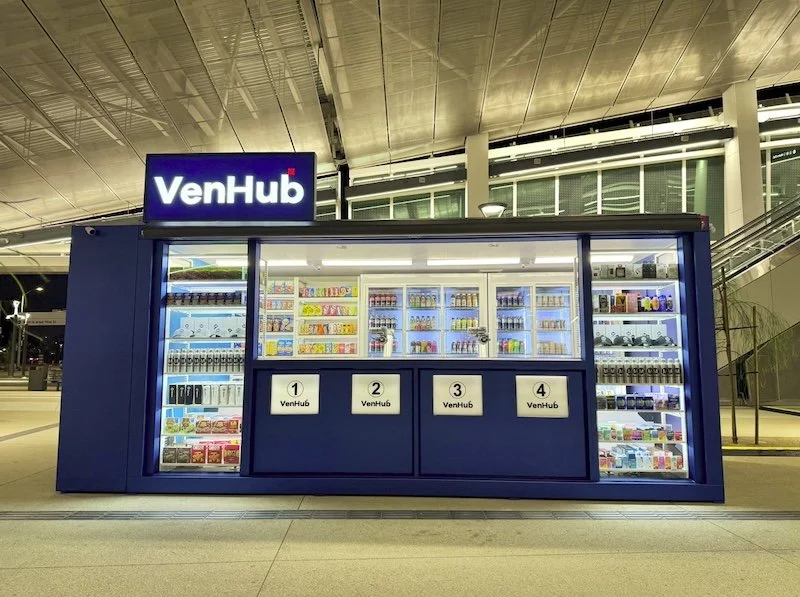So, farewell then Bromley Picturehouse. You were much more than a cinema and you will be greatly missed
On Thursday evening, the end credits sadly rolled for Bromley Picturehouse, with fans and friends gathering in the venue’s bar to raise a glass to the iconic London cinema.
Dating back to 1936, representing the art deco style of famed architect George Coles., the building started life as an Odeon and was one of the company’s original “Oscar Deutsch Odeon” cinemas.
Originally seating 1,492 in the main auditorium; with 1,018 in the stalls and 474 in the circle, it became an Empire Cinema in the noughties, and was purchased by Cineworld offshoot Picturehouse in 2019.
The legacy frontage was then restored, with missing historic features reinstated, along with surviving interior features such as the original rubber floor and art deco lights. And there was a move to six screens.
The closure comes amid rising operational costs and a decline in admissions, according to a Picturehouse spokesperson.
No mention of Cineworld’s current struggles and radical restructuring plan. But hey ho…
The reason I write this article is that my partner and I have been regular Bromley Picturehouse customers since moving to nearby Grove Park in SE London last year.
As a member, I was gutted when Picturehouse emailed me with news of the 1st August closure.
Bromley Picturehouse was more than a cinema. It was a second home for me, a place to escape the stresses of life and work and switch off for a few hours.
There was a great selection of movies, including blockbusters, documentaries, foreign language films, and low budget British offerings.
The staff were fantastic, friendly, helpful and knowledgeable, and I wish them all the best.
The building was a rare gem in a world of faceless multiplexes, and there was a palpable sense of community spirit, thanks to the likes of dementia friendly screenings, and over 60s, dog friendly and watch with baby events.

Whilst I’m sad that the end has come, it has been heartening to see regulars share their memories of Bromley Picturehouse via social media.
For instance:
“I left the Picturehouse in tears on the last night…I have loved coming there with my family, but entirely happy and feeling safe coming on my own - a home from home. I will miss it and hope this won’t be the end forever.”
“Heartbroken. I cried leaving after the Blues Brothers (the last film to show at the cinema). Bromley Picturehouse has been like a second home in Bromley over the past few years…”
“Singing in the Rain (one of the other final screenings). Bromley Picturehouse now closed. It's over. Thank you for being there when I've needed you, being my sanctuary when i needed to escape. You transported me away.”
“Oh no, this is terrible news. Although we live on the opposite end of London my dog and I loved coming down for the dog friendly screenings and the staff there were always the friendliest and most welcoming of all Picturehouses.”
“This is awful, it's like my second home. Friendly staff, great choice of films including documentaries, film club specials; a far cry from the Vue's ugly offerings (NB: Bromley also plays host to a Vue multiplex). Us regulars will shrivel n die. And what about all the lovely people employed there?”
In summary
The aforementioned responses, along with a petition to stop the community losing a piece of its history that currently has almost 6,000 signatures, highlight the continued importance of high streets and town centres amid the rise in popularity of streaming services and online shopping.
They are vital for the UK’s economic success. But it goes beyond that. They also play a massive role in civic and community life, in a way that Netflix, Amazon et al will never be able to do.
RIP Bromley Picturehouse. You were only with us for a few years but you left your mark on me and many others.
To quote Woody in Toy Story 3: “So long, partner.”






























Continue reading…